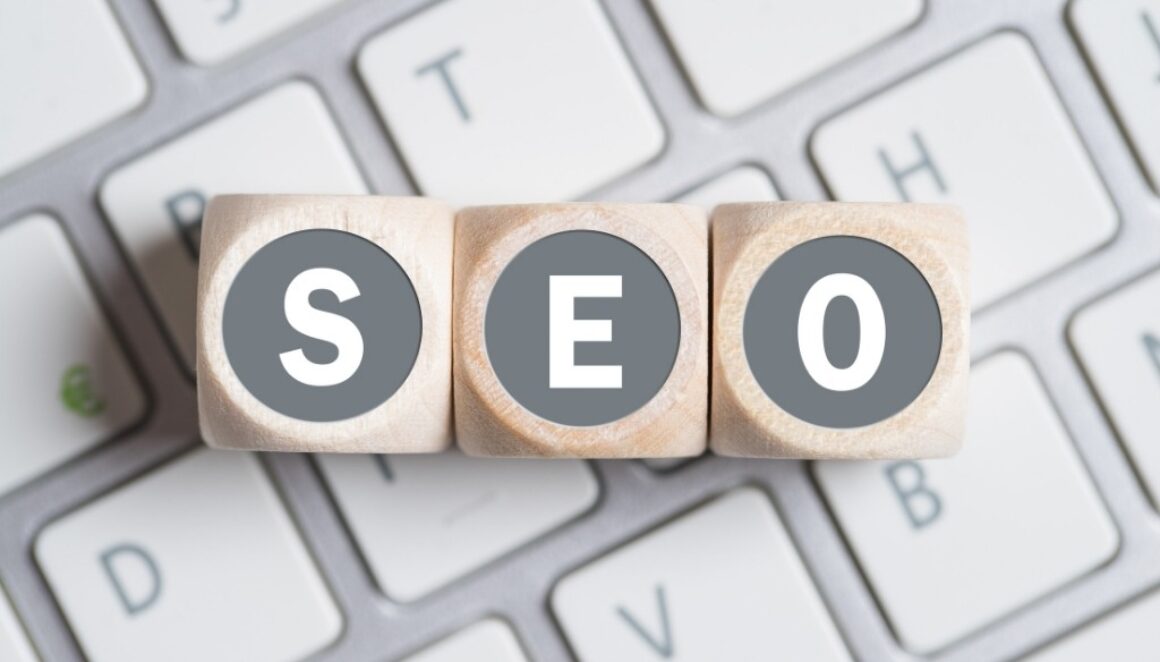The Overlooked SEO Value of Image Alt Text
When people think of SEO, they usually picture keywords, backlinks, and blog content. But one of the most underutilized tools in a strong SEO strategy is sitting quietly behind the scenes: image alt text.
Alt text (short for “alternative text”) is more than just a web accessibility requirement. It plays a critical role in helping search engines understand what’s on your website, while also improving visibility in image searches, enhancing user experience, and even supporting your brand reputation.
At The BLU Group, we often find that businesses overlook alt text when building or refreshing their websites—missing out on a simple yet powerful way to improve SEO performance. Here’s why it matters and how to use it strategically.
What Is Alt Text?
Alt text is the descriptive text added to an image’s HTML code. Its original purpose was accessibility: allowing screen readers to convey image information to users with vision impairments. Today, it serves a dual role by also telling search engines what an image represents.
Without alt text, a search engine can only guess what your image is about. With it, you’re giving Google (and your users) valuable context.
Why Alt Text Matters for SEO
1. Improves Search Visibility
Search engines can’t “see” images. They rely on alt text to interpret and index them. When optimized correctly, your images are more likely to appear in Google Images results—a channel that drives billions of visits each month.
2. Supports Page Rankings
Google prioritizes accessible, well-structured websites. By including descriptive alt text, you’re aligning with best practices that can indirectly help your site’s overall SEO performance.
3. Enhances User Experience
If an image fails to load, alt text ensures users still understand what’s supposed to be there. This small detail helps maintain credibility and clarity on your site.
4. Strengthens Brand Messaging
Thoughtful alt text isn’t just about keywords—it’s about reinforcing your message. A product photo with descriptive alt text helps connect visuals back to what your business offers.
Best Practices for Writing Alt Text
Not all alt text is created equal. Here’s how to make it effective:
- Be descriptive, not generic: “Red leather handbag with gold zipper” is better than “bag.”
- Use keywords naturally: Include relevant terms when they fit, but avoid keyword stuffing.
- Keep it concise: Aim for 125 characters or less so screen readers can deliver it clearly.
- Add context when needed: If the image supports a specific piece of content (like a blog), mention its relevance.
- Skip decorative images: If an image is purely decorative, mark it as such in the code so screen readers can bypass it.
Common Mistakes to Avoid
- Overloading keywords: “Handbag, leather handbag, best handbag, buy handbag now” is spammy and hurts readability.
- Leaving it blank: Missing alt text is a missed opportunity.
- Copying file names: “IMG_1234.jpg” doesn’t tell Google—or your users—anything useful.
How Alt Text Fits Into a Larger SEO Strategy
Alt text won’t single-handedly land you at the top of search results, but it’s one piece of the larger SEO puzzle. Combined with optimized metadata, fresh content, fast load speeds, and smart keyword use, alt text ensures your website is as search-friendly as possible.
At The BLU Group, we treat image optimization as part of every SEO project—not an afterthought. By combining technical SEO with creative strategy, we help clients maximize visibility across every corner of their website.





